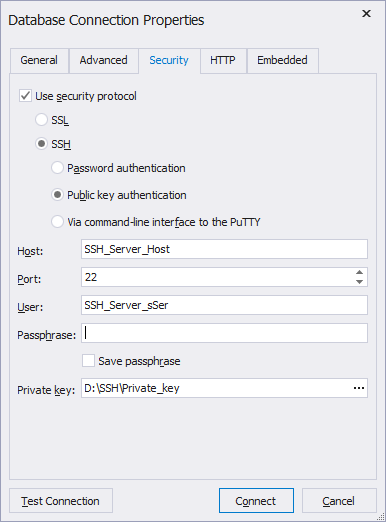Remote work has become a cornerstone of modern business operations, and with it comes the need for secure, reliable access to remote systems. Secure Access Anywhere is a solution designed to meet this demand by offering web-based SSH capabilities that allow users to connect to their servers from any location. This guide will explore the features and benefits of web-based SSH, providing insights into how it can enhance your remote work experience.
Web-based SSH clients have revolutionized the way professionals interact with remote servers. They eliminate the need for additional software installations, making it easier than ever to manage systems securely through a standard web browser. In this guide, we'll delve into various aspects of web-based SSH solutions, highlighting tools like ShellNGN and discussing common issues users might encounter when setting up these connections. Whether you're troubleshooting connectivity problems or exploring new platforms, this guide aims to provide comprehensive information to help you navigate the world of web-based SSH effectively.
Understanding Web-Based SSH Clients
Web-based SSH clients are essential tools for anyone needing secure access to remote servers without installing additional software. These platforms enable users to connect via SSH, SFTP, VNC, or RDP protocols directly through their web browsers. For example, AWS Lightsail offers a browser-based SSH client, but users sometimes face connectivity issues, such as timeouts, despite no apparent changes to their setup. Rebooting the instance may resolve some problems, but deeper troubleshooting might be necessary for persistent issues.
In addition to AWS Lightsail, other platforms like ShellNGN offer robust web-based SSH solutions. ShellNGN provides a secure environment protected by two-factor authentication (2FA) and supports an unlimited number of hosts, teams, and users. Its versatility allows administrators to manage multiple devices across different networks efficiently. By integrating advanced security measures, ShellNGN ensures that sensitive data remains protected while enabling seamless remote access.
Another advantage of web-based SSH clients is their compatibility with various operating systems and devices. Since they operate through standard web browsers, users can access their servers from virtually any device with internet connectivity. This flexibility is particularly beneficial for remote workers who rely on mobile devices or shared computers to perform administrative tasks. As more organizations adopt flexible work arrangements, the importance of reliable web-based SSH solutions continues to grow.
Exploring Popular Web-Based SSH Tools
There are numerous free and open-source web-based SSH clients available, each offering unique features tailored to specific user needs. For instance, WebSSH, Sshwifty, and Bastillion are popular choices among developers and system administrators seeking lightweight yet powerful tools. These platforms provide basic SSH functionality along with additional features such as file transfer support and session logging. By leveraging open-source technologies, users can customize these tools to fit their workflows better.
When evaluating web-based SSH clients, it's important to consider factors such as ease of use, performance, and security. Some platforms prioritize simplicity, ensuring even novice users can quickly establish secure connections. Others focus on scalability, allowing large enterprises to manage thousands of devices simultaneously. Regardless of your requirements, there's likely a web-based SSH tool that aligns with your goals and budget constraints.
Moreover, many web-based SSH clients integrate seamlessly with cloud services, enhancing their utility in modern IT environments. For example, Cloudflare Tunnel enables users to set up browser-based SSH access by configuring tunnels that route traffic securely between local networks and external endpoints. Such integrations not only improve accessibility but also strengthen overall network security by reducing exposure to potential threats.
Troubleshooting Common Connectivity Issues
Despite the convenience offered by web-based SSH clients, users occasionally encounter connectivity challenges. One common issue involves being unable to connect to certain devices, such as Arduino Yún boards, via SSH despite successful HTTP requests on port 80. This problem could stem from misconfigured firewall rules or incorrect port mappings. Performing a port scan can help identify whether the required ports are indeed open and listening for incoming connections.
In cases where SSH connections fail due to host is down errors, checking network configurations and verifying DNS resolutions becomes crucial. Ensuring proper hostname resolution and confirming that all necessary services are running on the target device often resolves such issues. Additionally, reviewing logs generated by both the client and server can provide valuable insights into what might be causing the connection failure.
For those using Linux hosting services with web-based shell access, understanding how tunnel configurations impact connectivity is vital. Platforms like Shellinabox facilitate browser-based shell access but require careful setup to function correctly. Similarly, when utilizing Cloudflare Tunnel for SSH access, understanding path settings and ensuring correct URL structures helps avoid 404 errors during connection attempts. By addressing these configuration nuances, users can maintain stable and secure connections to their remote systems.

